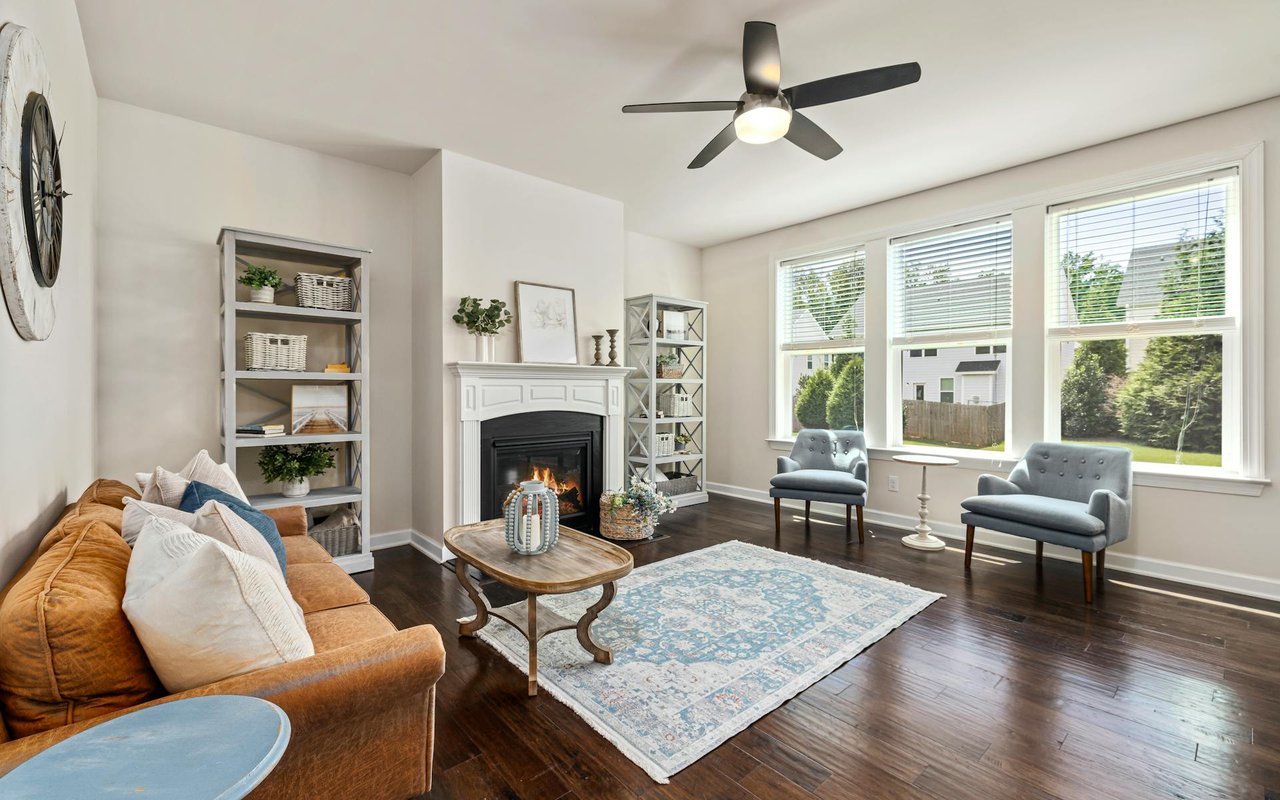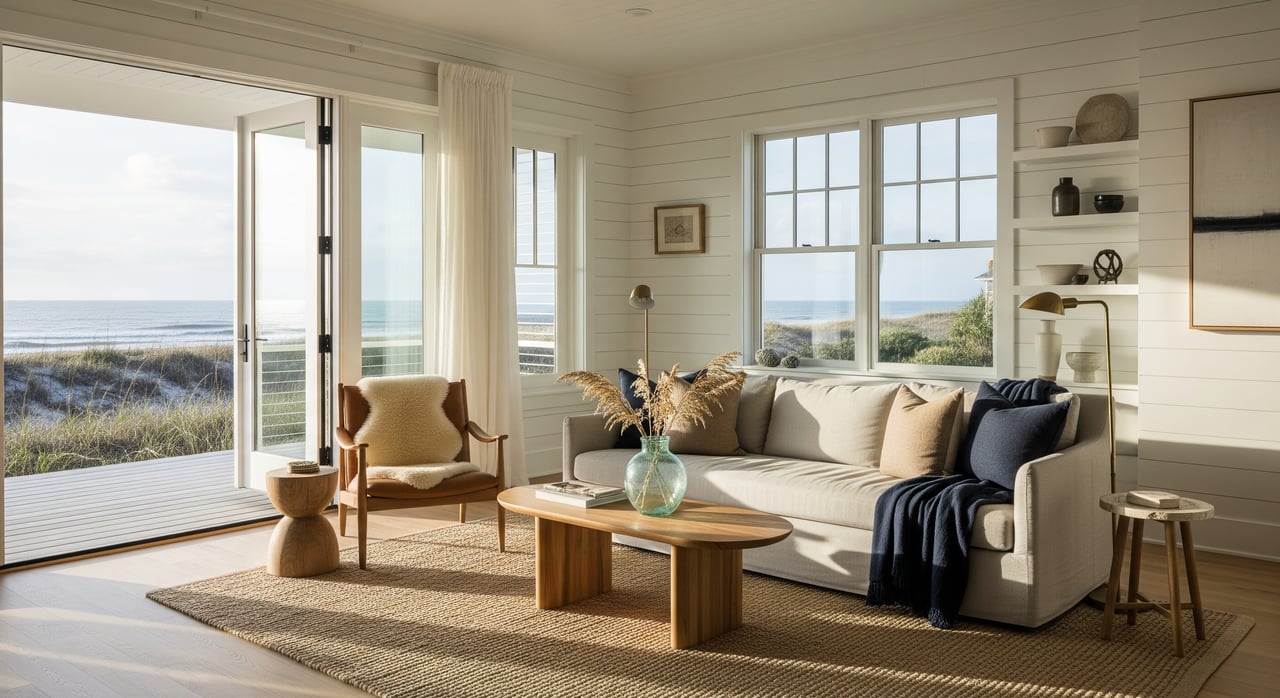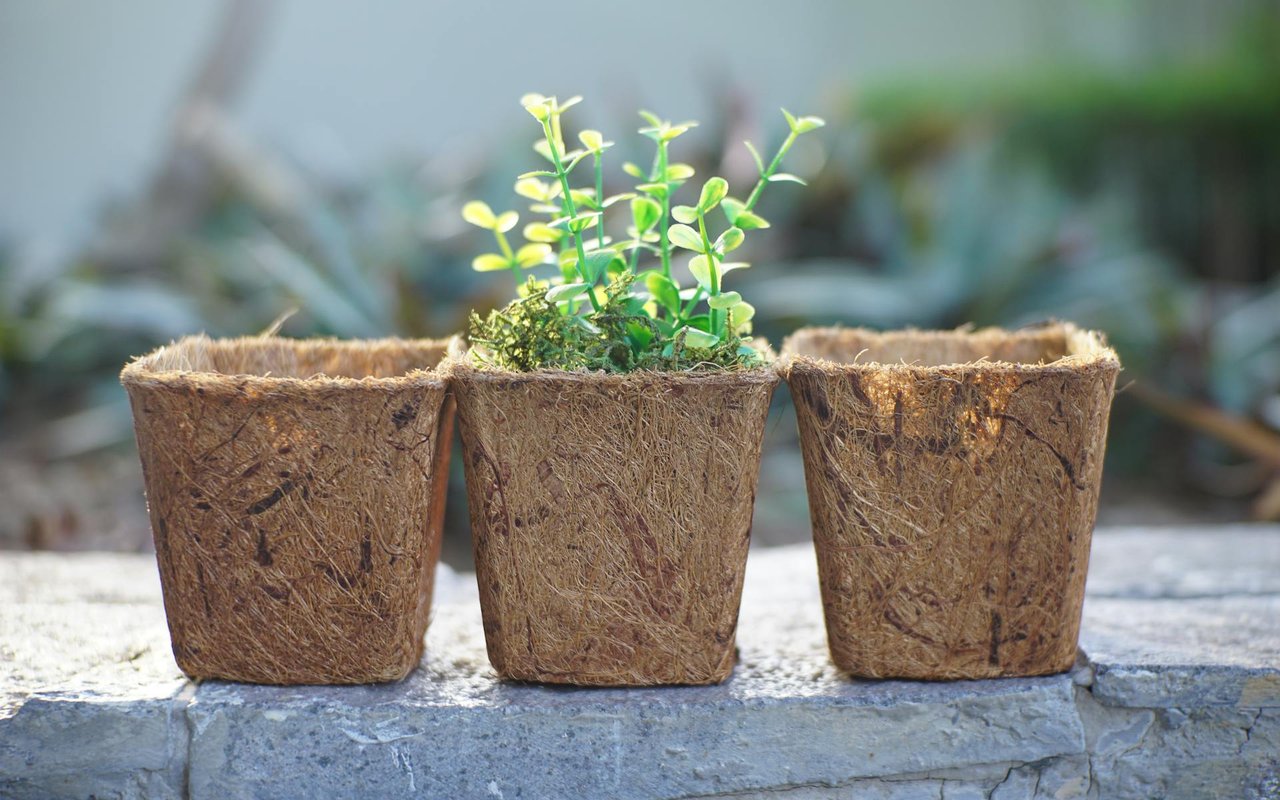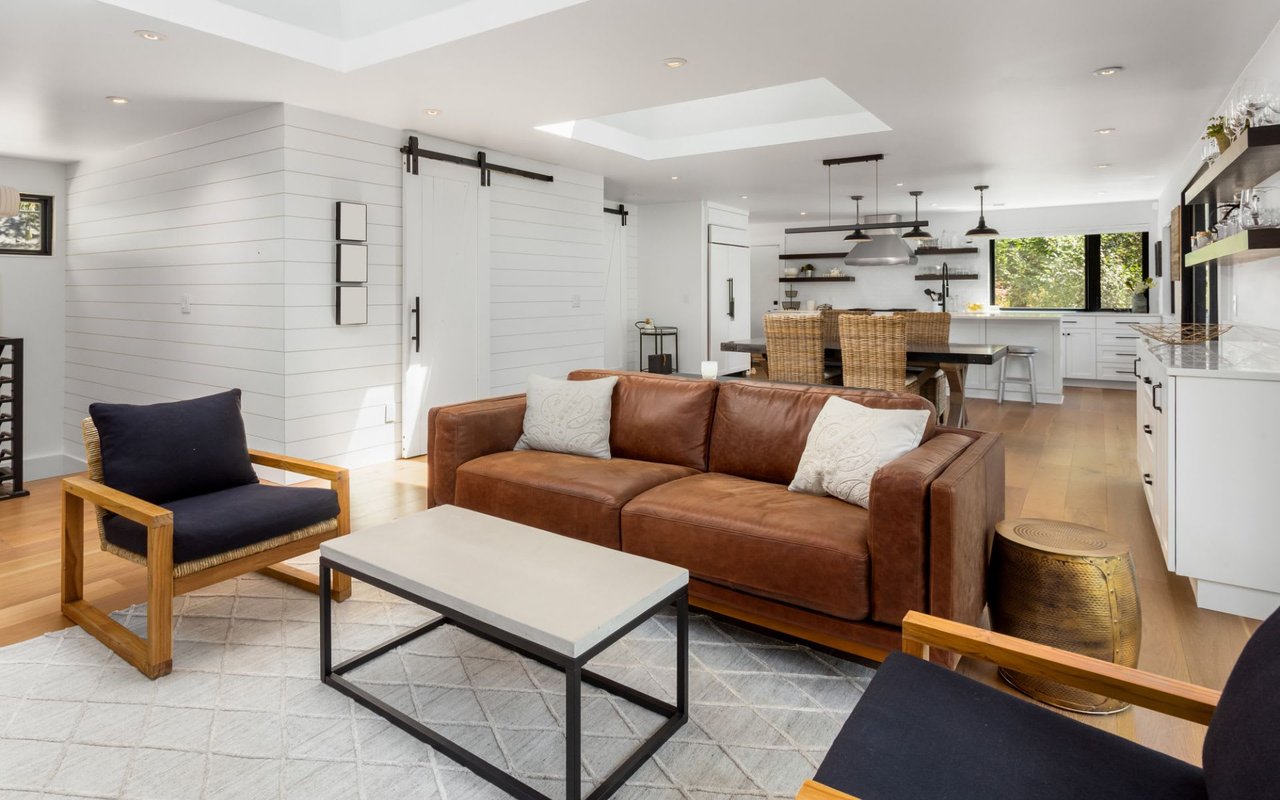
Identifying and Fixing the 3 Sources of Clutter
September 17, 2017

September 17, 2017
Three types of clutter tend to emerge in most homes, and it usually gets worse as time goes on.
Homeowners often get so used to their clutter, that it becomes virtually invisible to them.
That's one of the reasons it can be extremely helpful to work with a real estate agent when preparing your home for sale. Not only can an experienced agent provide an objective point of view, but most agents have a trained eye that can spot unsightly clutter "a mile away"!
There are several reasons household clutter is an issue when trying to stage a home for sale. First of all, it's an eyesore. It makes your home look less inviting to prospective buyers, and, in many cases, it makes rooms look smaller. Clutter also makes it more difficult to keep surfaces and floors clean, which is one of the cardinal rules of effectively staging a home.
There's a delicate balance between having just enough --or too many -- items on countertops and tables. In most cases, it's too much! You're usually better off "erring on the side of sparseness," rather than the other way around. Unless something serves either a decorative or functional purpose (preferably both), it probably should be stored away in a drawer or cabinet. If it weren't for the fact that buyers typically look in closets when touring a home, then that would be an obvious place to hide clutter. However, that's sure to make a bad impression.
When you think of the word "clutter," what's the first thing that comes to mind? A typical mental image is that of a room crowded with too much furniture. That's a common problem with improperly staged homes, and it's a surefire way to send prospective buyers scurrying -- ones who might have otherwise made an offer. Cluttered rooms look smaller, messy, disorganized, and -- in some cases -- chaotic. None of those characteristics are going to create a good feeling in people's minds, which is a primary objective when showing a home to potential buyers.
The third type of clutter, which is also pretty typical, is wall clutter -- specifically: too many paintings, photos, art prints, posters, wall clocks, and other miscellaneous objects that make the walls look "too busy"! For some home sellers, this can be the most difficult aspect of visual clutter to fix because there's an emotional connection to family photographs, children's drawings, and so on.
If you're torn between what to display and what to hide, your real estate agent can be the best source of objective, unbiased advice. In many cases, "less is more," but it pays to get a professional opinion!

January 15, 2026

January 1, 2026

December 18, 2025

December 4, 2025

November 21, 2025

April 8, 2024
To help you squeeze every bit of storage from your patio, here are some ideas to try.

April 8, 2024
These are some excellent options for adding color and variety to your shade garden.

April 6, 2024
A great way to handle a home renovation is to plan it like a project and divide it into sections and sub-plans.

April 6, 2024
You got qualified for the loan and the agent has all the paperwork ready to go.
A seasoned full-time real estate professional, Julie has developed her expertise over decades of experience living and working in the area she calls home. She encourages you to contact her to become your trusted real estate partner. Together, let's achieve real estate success!